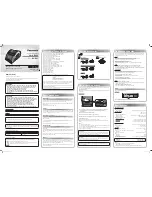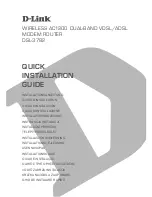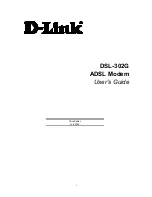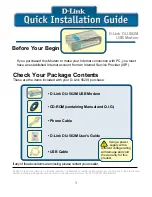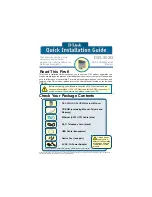
delay should be set individually in each slave RipEX. The length of responding frame, the length
of Radio protocol overhead, Modulation rate have to be taken into account.
•
Stream
In this mode, the incoming bytes from a COM are immediately broadcast over the Radio channel.
COM port driver does not wait for the end of a frame. When the first byte is coming from a COM,
the transmission in the Radio channel starts with the necessary frame header. If the next byte arrives
before the end of transmission of the previous one, it is glued to it and the transmission on the Radio
channel continues. If there is a gap between incoming bytes, the byte after the gap is treated as
the first byte and the process starts again from the beginning. Padding is never transmitted between
blocks of bytes.
The receiving RipEX transmits incoming bytes (block of bytes) from the Radio channel to both COM
ports immediately as they come.
When the ETH interface is used simultaneously (e.g. for remote configuration), it works as the
standard bridge described above. ETH frames have higher priority, i.e. the stream from COM is in-
terrupted by a frame from Ethernet.
Stream mode is recommended to be used for time-critical application only, when the first byte has
to be delivered as soon as possible. However there is not any data integrity control. If the Baud rate
of COM is significantly lower than the Modulation rate on the Radio channel, frames are transmitted
byte by byte. If it is higher, blocks of bytes are transmitted as frames over the Radio channel.
Note:
Stream mode can not be used when there is a Repeater in the network.
Router
Router mode is suitable for Multipoint networks, where Multi-master applications with any combination
of polling and/or spontaneous data protocols can be used. The proprietary link-layer protocol on the
Radio channel is very sophisticated, it can transmit both unicast and broadcast frames, it has collision
avoidance capability, it uses frame acknowledgement and retransmissions and a CRC check to guar-
antee data delivery and integrity even under harsh interference conditions on the Radio channel.
RipEX works as a standard IP router with 2 independent interfaces: Radio and ETH. Each interface
has got its own MAC address, IP address and Mask.
IP packets are processed according the Routing table. There is also possibility to set a router Default
gateway (apply to both interfaces) in the Routing table.
The COM ports are treated in the standard way as router devices, messages can be delivered to them
as UDP datagrams to selected port numbers. Destination IP address of COM port is either the IP of
ETH or the IP of Radio interfaces. The source IP address of outgoing packets from COM ports is always
the IP of ETH interface.
•
ACK
List box: Off, On.
Default = On
○
On
Each frame transmitted on Radio channel from this RipEX has to be acknowledged by the re-
ceiving RipEX, using the very short service packet (ACK), in order to indicate that it has received
the packet successfully. If ACK is not received, RipEX will retransmit the packet according its
setting of Retries.
RipEX Radio modem & Router – © RACOM s.r.o.
68
Advanced Configuration































